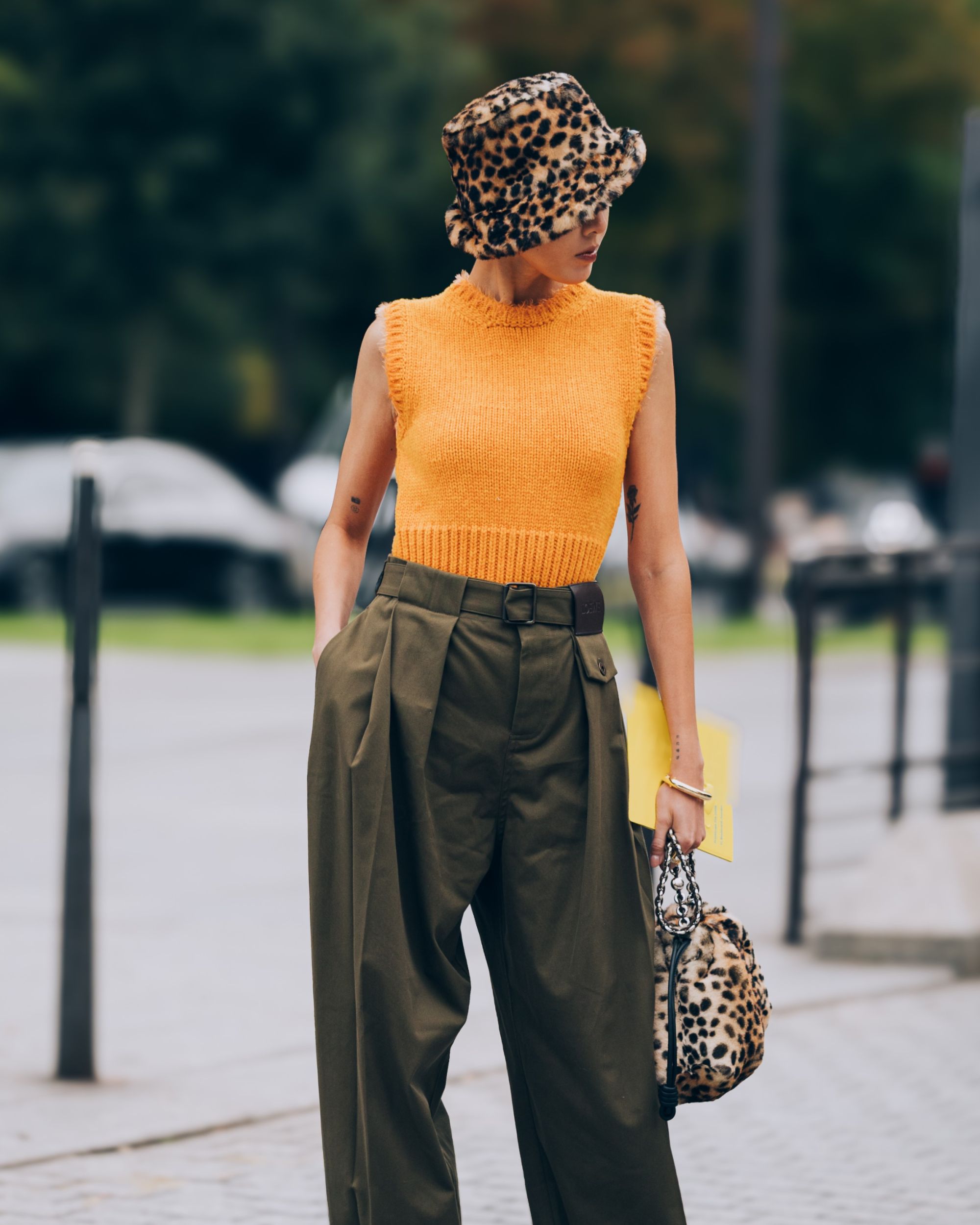
Is social media the future of online shopping? From TikTok to Meta, how the way we shop will change in the coming years
Do you know that shopping cart icon at the bottom of your Instagram screen? Here, according to experts, that stylized cart is the future of online shopping. From the rise of e-commerce to the demand for personalized experiences, the way we shop over the past 20 years has changed dramatically and, now that the pandemic has put physical retailers to the test by depriving us of the ability to shop live, shoppers appear to be ready to move from online stores to social media. From TikTok to Pinterest, social media shopping will reach $ 1.2 trillion by 2025, 16.7% of all e-commerce spending, according to a new report from Irish consultancy Accenture. The global social commerce industry is valued at $ 492 million and is growing at a compound annual growth rate of 26%, especially thanks to Generation Z shoppers and Millennials, who will account for 62% of the global spending on social commerce by 2025.
@adaratran I normally use the black one but the white banana clip was easier to show how to put it in #fyp #bananaclip original sound - Tru Blume
According to a study conducted by Forbes of 6,000 respondents in 2021, two-thirds of shoppers are using social media as part of their buying strategy and it is also reflected in the investments that advertisers are making: advertising spent on social media has reached 415$ billion in 2020, according to a report by the Interactive Advertising Bureau, 30% of all Internet advertising revenue. YouTube on top, with half of shoppers saying they turn to content on the platform to research their purchases, Facebook and Instagram follow closely, with a third of buyers preferring influencers to seek advice, while the highest percentage prefer to use Twitter, Snapchat or even Pinterest. Usage, of course, varies by generation, a 50-year-old is more likely to turn to the Facebook marketplace, while GenZ and Millennials launch viral trends in which they review the products that the TikTok algorithm has selected for them under the hashtag #TikTokMadeMeBuyIt, which has 7,7 billion views overall. TikTok in 2021 had introduced the new features dedicated to shopping on the app, transforming the platform from one billion users per month into a social e-commerce open to brands and marketers of all kinds, in the wake of the e-commerce boom in China thanks to live streaming and apps like WeChat and Weibo.
The new Meta by Zuckerberg also heralds new scenarios on the horizon in our way of shopping: in a few years perhaps the time will be ripe to go shopping in a hybrid virtual space in which real people coexist simultaneously, wearing special viewers and glasses, trying on clothes using avatars and pay using digital currencies. Why why try on a North Face when in the Metaverse I can test it from within an Arctic exploration experience? I can gain first-hand contextual knowledge of the technical quality and performance of the garment, order it and receive it at my home, in the same way I can test my new car in the Metaverse, not from a showroom, but through an adrenaline-pumping test drive on a racetrack of my choice, I can likewise get beauty advice from a personal consultant in my living room. In a world where any experience is possible, why on earth use our retail version of the industrial age as a model for the future? Marketers, store designers, merchandisers, and others can start thinking very differently about what a "store" will be.














































